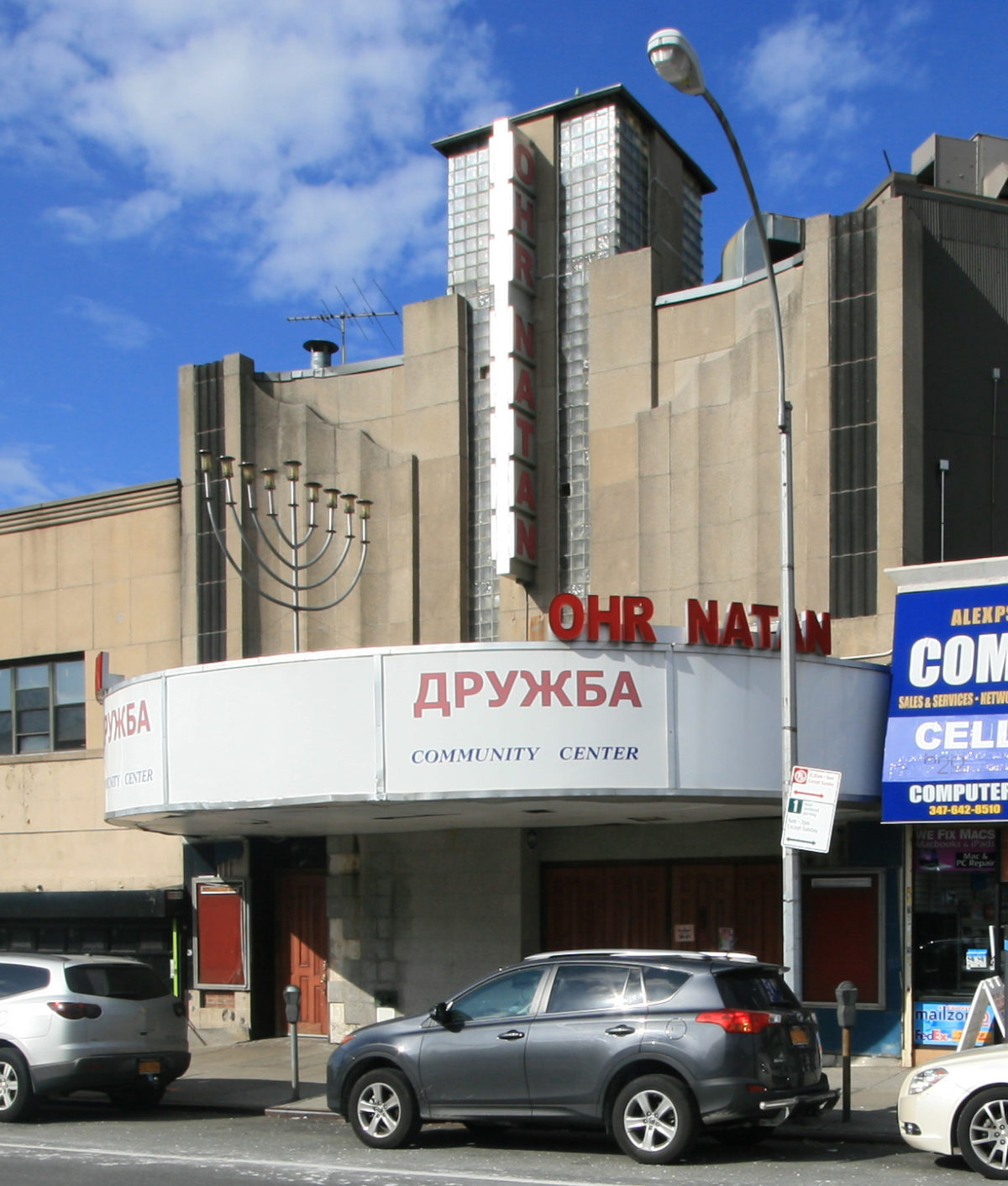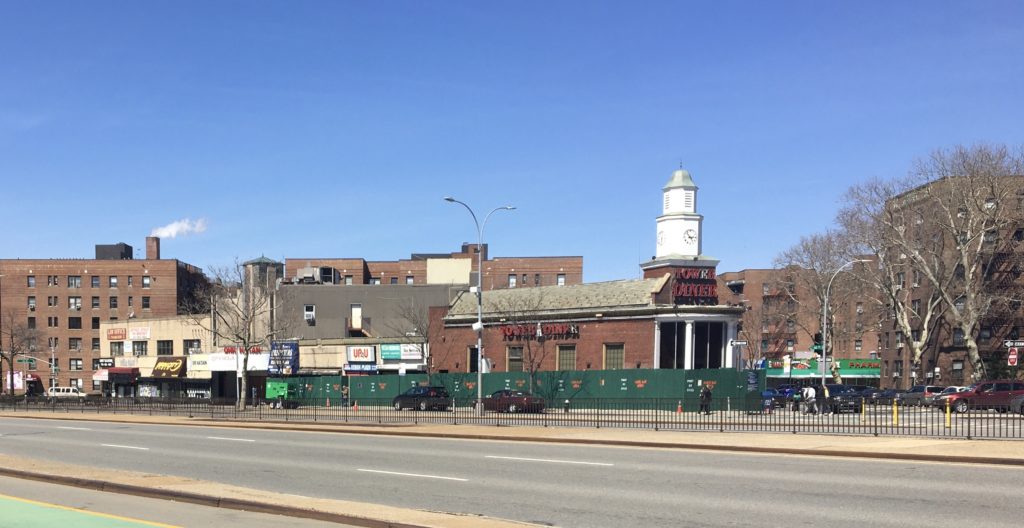Perlman: A Prom to Remember
P.S. 101 celebrates at the Historic Tea Garden and Jade Party Room
By Michael Perlman
mperlman@queensledger.com
With much anticipation, three 5th grade classes from P.S. 101 came together on June 11 to celebrate their success, with a prom at the historic Tea Garden and party room of Jade Eatery in Forest Hills Gardens.

Students dance with illuminated fairy, (Photos by Michael Perlman)
A total of 65 children were joined by a small group of parents, who not only helped coordinate the prom with this columnist, and restaurant owner Kumar, but engaged in a hands-on effort for days to sweep up, spruce up, and further restore the Tea Garden, which opened in 1912 behind the Forest Hills Inn. The event also focused as a garden fundraiser.
Behind an ornate gate along Greenway Terrace lies a forgotten Tudor style Tea Garden with monumental trees and a soon-to-be restored brick fountain, which was once a community cornerstone for afternoon teas, dinner dances featuring The Inn Trio, plays by the Gardens Players, flower shows, children’s festivals, dog shows, and weddings.
As the Inn became a residence in the late 1960s and restaurants on site changed hands, the Tea Garden gradually fell into a state of disarray. On Saturday evening, the prom became the first major event in recent history to utilize this somewhat hidden gem to its fullest potential, closer to the vision of architect Grosvenor Atterbury and urban planner Frederick Law Olmsted, Jr. over a century ago. Parents donated the colorful flowers surrounding the fountain area, and Kumar arranged the planting of 40 Emerald Green evergreen shrubs along the perimeters.
Similar to traditional times, the gateway was open, and the children made their way along a red carpet with colorful accent lights and took photos in front of a backsplash bearing P.S. 101 The School In The Gardens mascots and 2022 gold balloons. A glitzy disco ball themed woman stood nearby, adding to the festive ambiance.
Graduation themed balloons were throughout the garden, along with a burst of colorful balloons on the central fountain area. There was plenty of space to socialize with longtime friends and perhaps make new ones from other 5th grade classes. Children also enjoyed the popcorn machine and a Boba tea station.
Making our way into the party room, which offers a Moroccan and Asian ambiance, as well as a very high vaulted ceiling and accent lights, it proved to be the ideal setting for several tables surrounding a dancefloor. DJ Leche played energetic and sentimental dance tunes, including line dances, and a sing-along was also a major highlight. An illuminated fairy danced with the children, and was an ever-changing light show within itself. Table balloons illuminated in gold. The menu included fresh mozzarella sticks, pizza bites, chicken tenders, french fries, chicken parmigiana, baked ziti, sautéed veggies with garlic sauce, bubble tea, and smoothies.
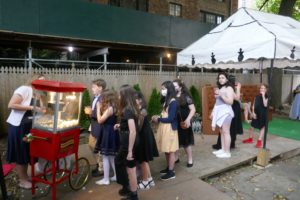
Students lined up for popcorn
This columnist delivered a presentation on the Tea Garden’s history and continued restoration project. A screen rolled down, and in a theater style seating arrangement, the children enjoyed a slideshow of memories, dating back to their early grades at P.S. 101, as “Graduation” by Vitamin C played. Then they continued to dance the night away, and the evening ended on a high note with a class of 2022 photo in the Tea Garden.
Children and parents shared what made the prom one to cherish.
“It was really fun,” said Bella Scarola. “There are so many things that I will never forget; one of which is dancing with the light dancer.”
Reflecting on her school, she said, “One value that PS 101 taught me was to have respect for each other. Respect is like a foundation of a house. If you don’t have respect, you can’t build anything else.”
She felt privileged to celebrate in the Tea Garden, and said, “I feel very excited for its future. It was probably used for a few decades, and then they just stopped using it. Since then, I guess no one cared to clean it anymore. I am very excited and grateful the people are willing to put time and effort into cleaning a historical space in our community.”
Another happy camper was Isa Rodriguez. She said, “We got to spend time with our friends and just enjoy the moment. P.S. 101 made me have more friends. My school encourages friendships and integration.” She was also thankful that the Tea Garden was selected. “I think it’s really cool, and I feel grateful we were there with our party, and I’m part of bringing the garden back to life.”
Her mother Maggie Rodriguez was one of the parent coordinators. “This was a very anticipated event for the children and parents, especially after dealing with the pandemic. We celebrated the kids’ accomplishments in elementary school and an upcoming transition to middle school. There was great energy and much joy from adults and children, but the most meaningful was children celebrating themselves and enjoying the moment, as well as being part of restoring the Tea Garden’s history.”
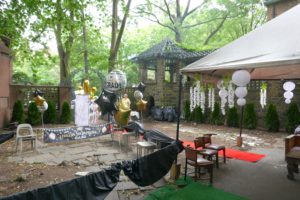
The red carpet was rolled out at the Tea Garden for the occasion.
She takes pride in how her clean-up efforts attracted lots of curious passersby. “It’s absolutely a hidden gem that unfortunately was forgotten, but it will definitely come back to life, and I’m happy to know I planted a little seed for this to happen. Let’s restore the beautiful fountain and the gazebo. This enchanting garden needs more to be used to its full potential and can serve as a setting for many more memorable events.”
Lexa Ocasio felt grateful to spend time with friends, laughing and dancing in such a beautiful space. She said, “The most memorable part was the light up dancing girl and the Boba tea station in the Tea Garden. It was amazing to learn its history. I am honored that we were the first children to enjoy this beautiful space once again, as it was meant to be. I pray that the Tea Garden can be restored, so we can once again enjoy its beauty! Thank you to all the parents that made our prom possible, and to Mr. Perlman for all you do to restore and preserve our community, and for teaching us a bit of history in our own backyard.” She continued, “P.S. 101 taught me to respect and embrace different cultures, and respect other’s differences. They have also implemented self-awareness of our emotions, and how to better deal with stressful and frightening situations.”
Her mother Wendy Medina, also helped beautify “a hidden gem.” She explained, “Towards the end of the evening a student, Luke Whitman, asked me if we were going to continue to restore the Tea Garden. I expressed to him that we will continue and try our hardest. He responded, ‘I hope so. I think this is such a cool place.’” She pinpointed another engaging moment. “Passersby exhibited joy when learning that we were attempting to restore it. A nearby resident shared a story, where she saw photos of her mother as a child attending a wedding in the Tea Garden, and also shared a bit of its history, and mentioned that many celebrities visited.”
Another event coordinator and volunteer Melissa Cruz called the prom momentous and felt the party room was elegant, and the Tea Garden was charming and beautifully decorated. She said, “Passersbys peeked in and seemed to be in awe at the lovely space that came alive that night.
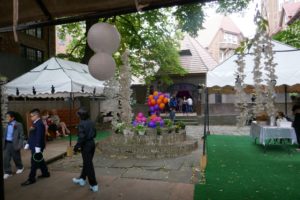
The Tea Garden fountain is to be restored
It had such an old-world elegance to it, and I was imagining what it was like to have parties there in the 1920s. Knowing that our children were celebrating in a space where children played a century ago felt otherworldly.” She added, “Forest Hills has so much history, and as residents, we aren’t even aware of all that has taken place in some areas we walk by daily.”
Her son Dylan Cruz said, “P.S. 101 taught me the value of friendship, how to be creative and express my ideas. As a history enthusiast, learning about the interesting history of the Tea Garden and party room made our dance more meaningful. It’s so cool to know that we are living in such a historic neighborhood.”
Jade Eatery has continuously lived up to being a destination for parties, and is also complete with a patio and a large dining area surrounding a koi fish pond, leading to a bar and gallery. Reflecting upon the event, owner Kumar said, “I’m always here to help everyone. My team and I, along with parents, worked very hard to make this event successful. Chef Richard made great American food with all his love. All of the children were dancing, and what a great DJ!”
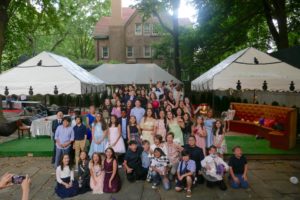
P.S. 101’s 5th grade class of 2022 in the Tea Garden.
Looking ahead, repairing water features and stonework, planting more evergreens, as well as colorful rhododendrons, hydrangeas, and azaleas alongside the original trees from 1912, could become a reality. The replication of a long-lost ring for tea stand by Flushing Iron Weld and this columnist is nearly complete.
Kumar continued, “Our community should approach the Forest Hills Gardens Corporation to help support the Tea Garden’s restoration. This event elicited over 100-plus years of memories.”




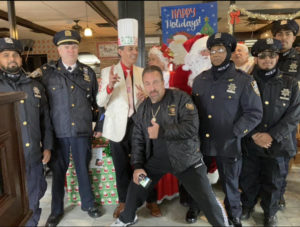 The Pizza Dance is a sing-along novelty that fosters peace, unity, love, and simple pleasures through shared cultures. Modica is known for his hospitality as he entices palates and entertains at Prima Pasta & Cafe at 161-50B Crossbay Boulevard, a cornerstone since 1992.
The Pizza Dance is a sing-along novelty that fosters peace, unity, love, and simple pleasures through shared cultures. Modica is known for his hospitality as he entices palates and entertains at Prima Pasta & Cafe at 161-50B Crossbay Boulevard, a cornerstone since 1992. Forest Park was the setting of last June’s inaugural Pizza Dance Festival of Unity, which attracted amazing entertainment, as well as performances by Kathleen Leon, who has been running the foundation for the past two years. “She has lifted The Pizza Dance higher than it’s ever been,” Modica said, “and she transformed the foundation into an amazing, thriving one.” “At last year’s event, our attendance was very diverse,” Leon said. “This pertains to how we support and unite all cultures and nationalities, where we are one world with one heart.”
Forest Park was the setting of last June’s inaugural Pizza Dance Festival of Unity, which attracted amazing entertainment, as well as performances by Kathleen Leon, who has been running the foundation for the past two years. “She has lifted The Pizza Dance higher than it’s ever been,” Modica said, “and she transformed the foundation into an amazing, thriving one.” “At last year’s event, our attendance was very diverse,” Leon said. “This pertains to how we support and unite all cultures and nationalities, where we are one world with one heart.”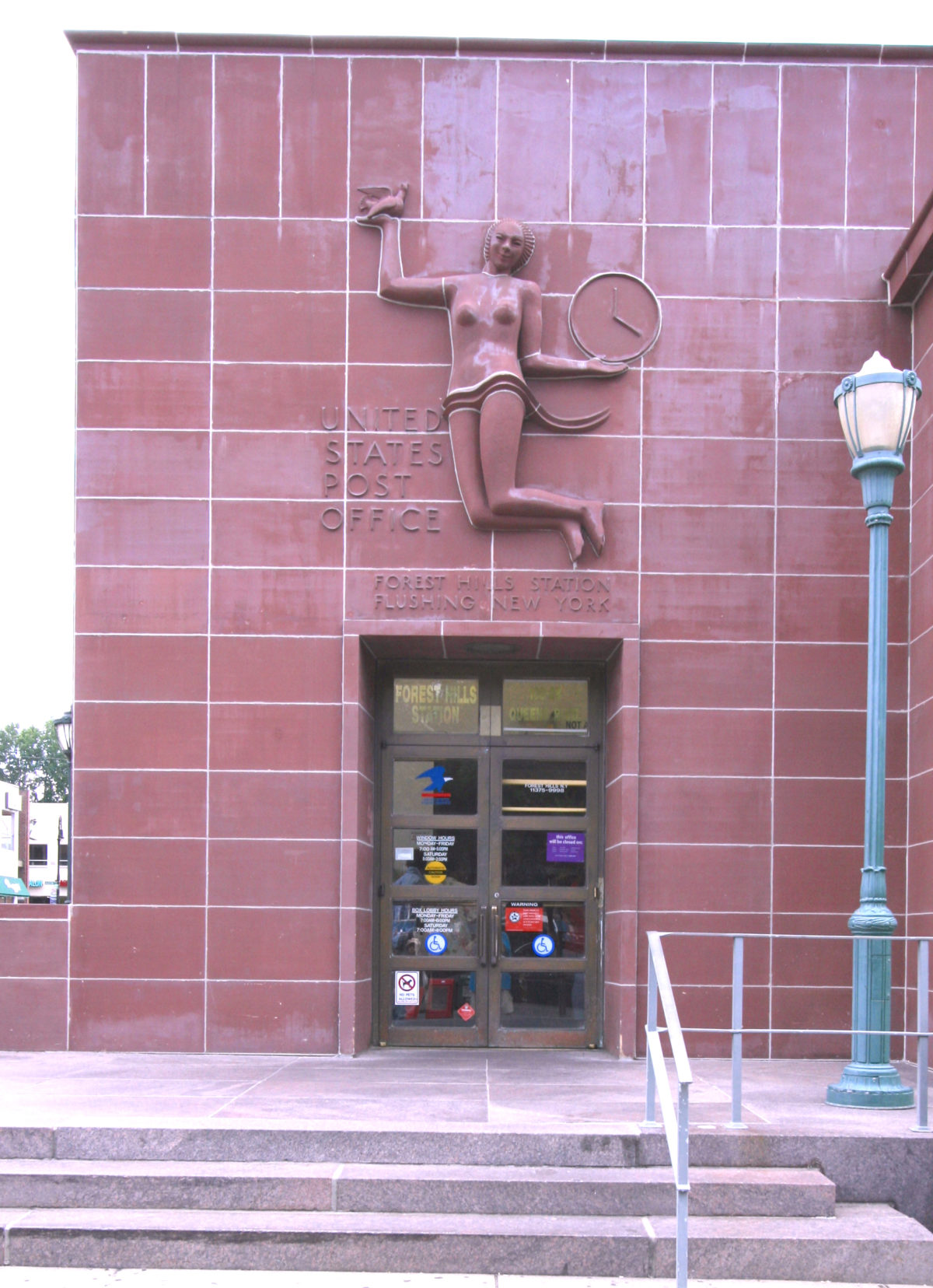

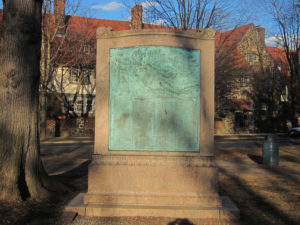
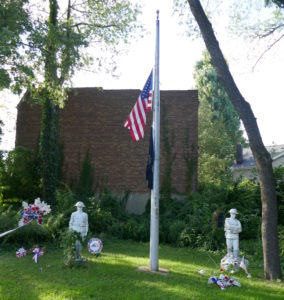

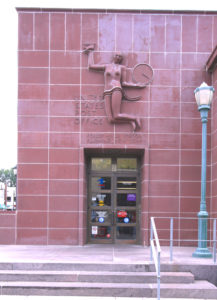
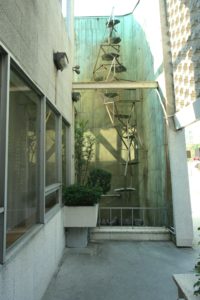

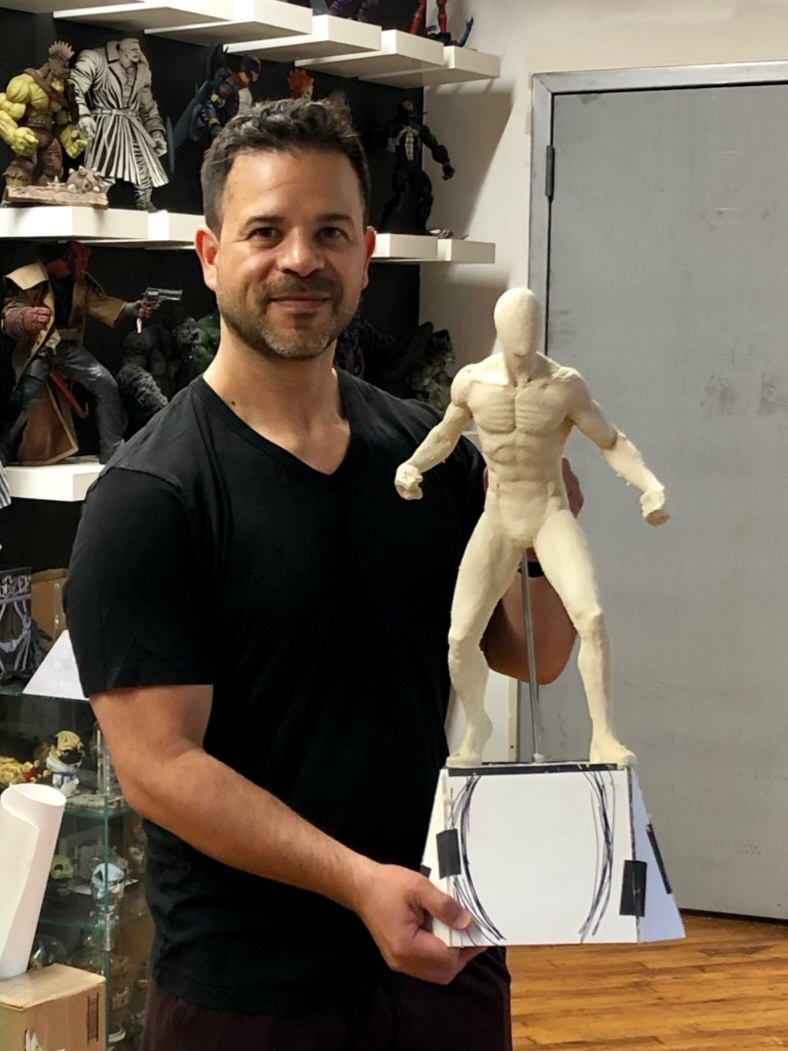
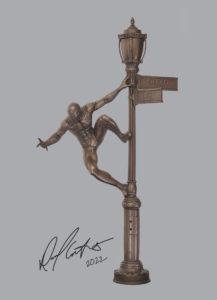
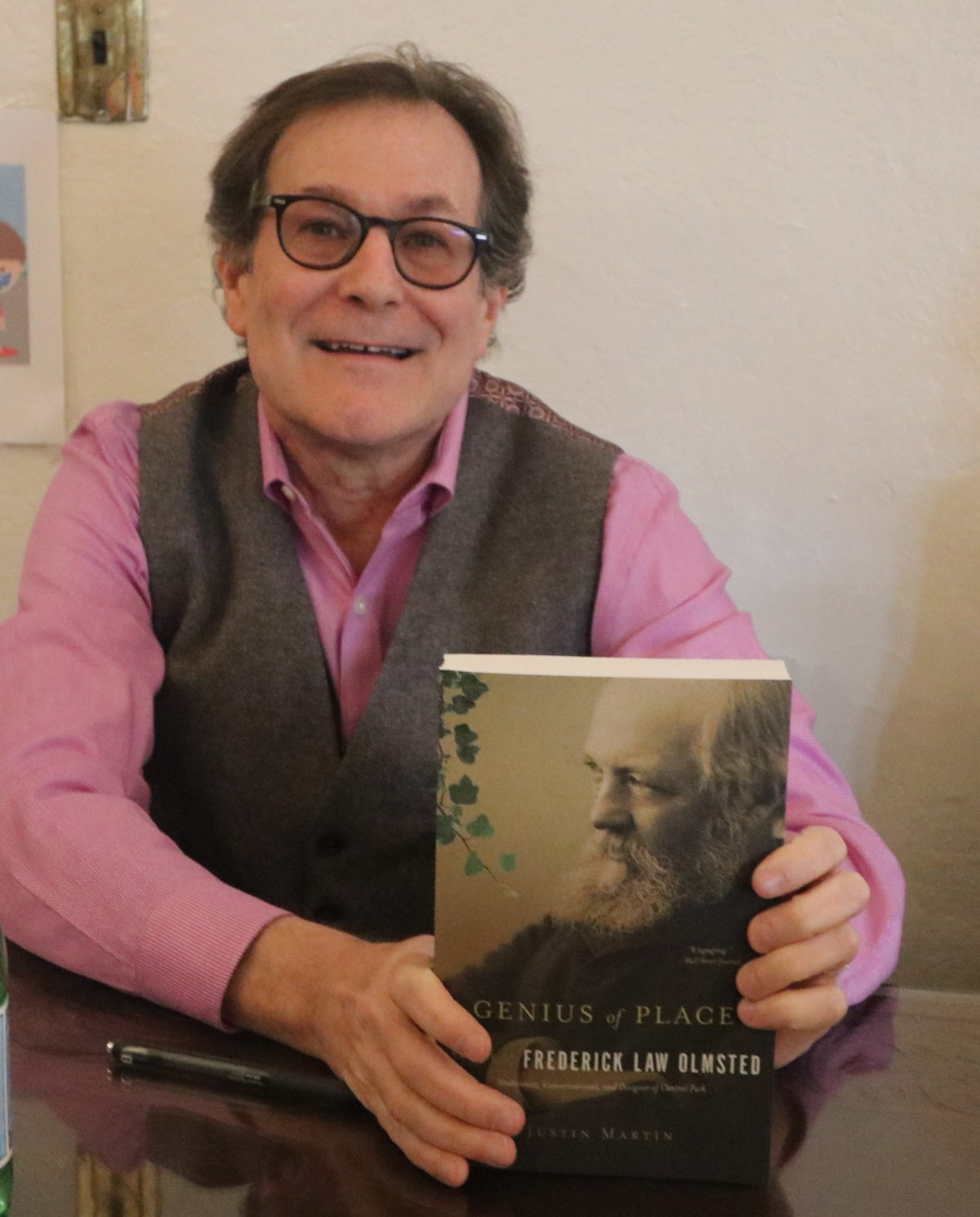
 Olmsted was born on April 26, 1822, in Hartford, Ct., and passed away on August 28, 1903, in Belmont, MA. Among his most significant accomplishments are the landscapes of Central Park, Riverside Park and Drive, Prospect Park, Bayard Cutting Arboretum in Long Island, Ocean Parkway and Eastern Parkway, Morningside Park, Downing Park in Newburgh, the U.S. Capitol, the 1893 World’s Columbian Exposition in Chicago, Boston’s Emerald Necklace, and the Biltmore Estate in North Carolina. His son, landscape architect Frederick Law Olmsted, Jr, designed Forest Hills Gardens, along with principal architect Grosvenor Atterbury.
Olmsted was born on April 26, 1822, in Hartford, Ct., and passed away on August 28, 1903, in Belmont, MA. Among his most significant accomplishments are the landscapes of Central Park, Riverside Park and Drive, Prospect Park, Bayard Cutting Arboretum in Long Island, Ocean Parkway and Eastern Parkway, Morningside Park, Downing Park in Newburgh, the U.S. Capitol, the 1893 World’s Columbian Exposition in Chicago, Boston’s Emerald Necklace, and the Biltmore Estate in North Carolina. His son, landscape architect Frederick Law Olmsted, Jr, designed Forest Hills Gardens, along with principal architect Grosvenor Atterbury.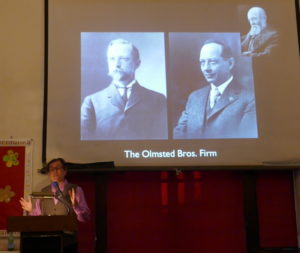 That is the site of Olmsted’s farmhouse at 4515 Hylan Boulevard and farm, which was home from 1848 to 1855. Tosomock Farm is where he began experimenting with landscaping and agricultural techniques, resulting in improvements that influenced his later countrywide designs. Today this rare survivor is listed on the National Register of Historic Places and is awaiting significant restoration. Martin serves on the board of an organization committed to restoring it. He said, “we are also hoping to open it as a museum dedicated to agriculture and its most famous resident.”
That is the site of Olmsted’s farmhouse at 4515 Hylan Boulevard and farm, which was home from 1848 to 1855. Tosomock Farm is where he began experimenting with landscaping and agricultural techniques, resulting in improvements that influenced his later countrywide designs. Today this rare survivor is listed on the National Register of Historic Places and is awaiting significant restoration. Martin serves on the board of an organization committed to restoring it. He said, “we are also hoping to open it as a museum dedicated to agriculture and its most famous resident.”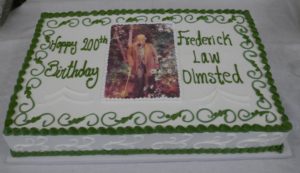 When the Civil War ended in 1865, communities countrywide began clamoring for parks to be built. He explained, “Communities wanted their ‘Central Park.’ It was like a dam bursting. The natural team to turn to was Olmsted & Vaux, and they produced a series of masterpieces across the country. Their sophomore initiative was Prospect Park.”
When the Civil War ended in 1865, communities countrywide began clamoring for parks to be built. He explained, “Communities wanted their ‘Central Park.’ It was like a dam bursting. The natural team to turn to was Olmsted & Vaux, and they produced a series of masterpieces across the country. Their sophomore initiative was Prospect Park.”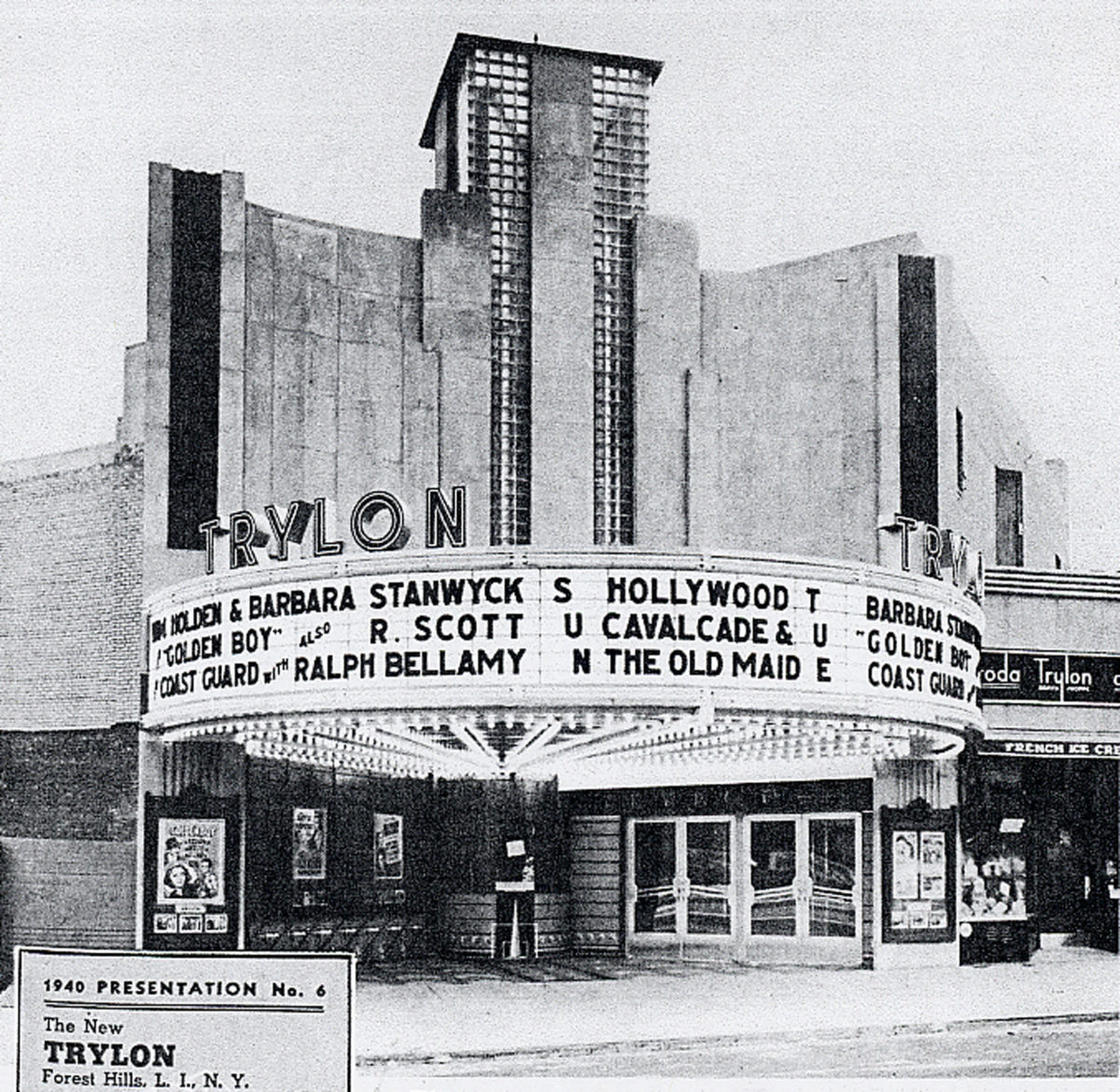
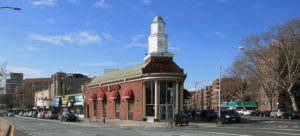
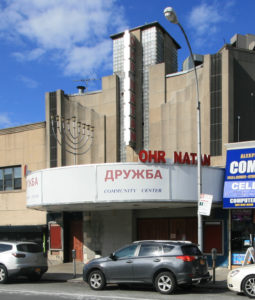
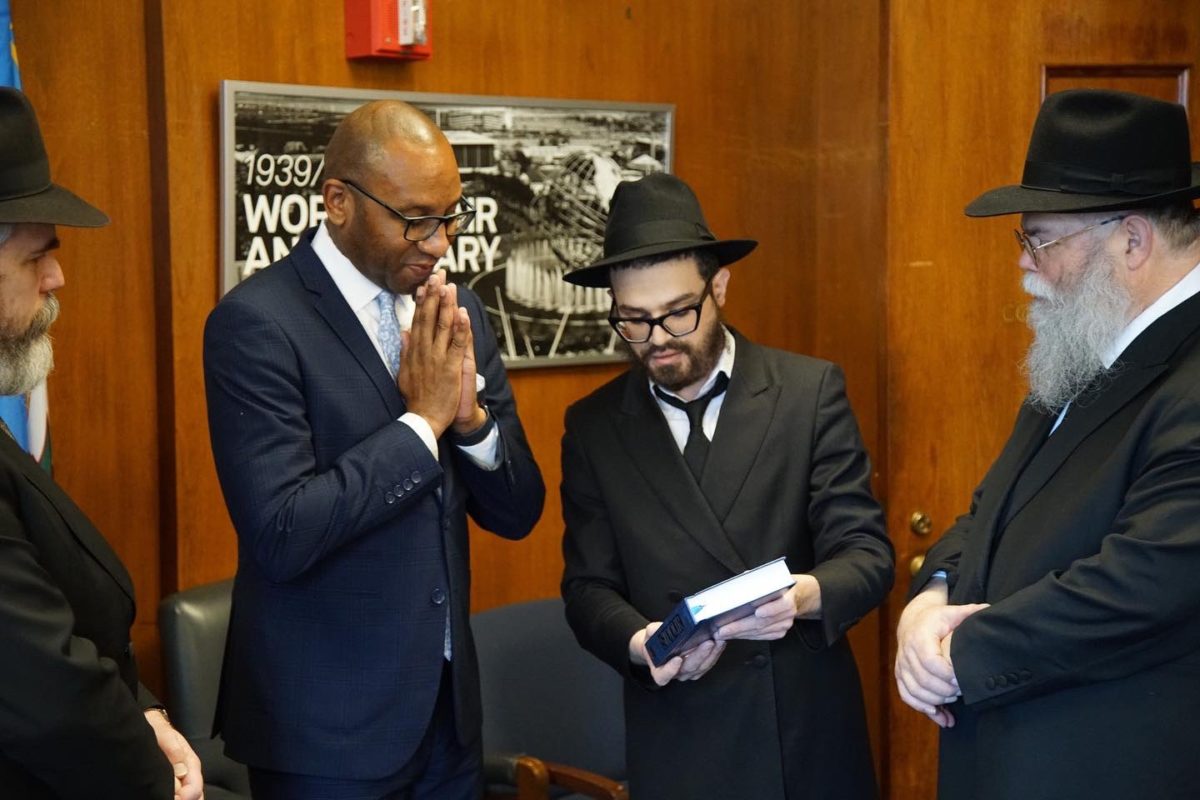
 develop a strong intellect and a solid moral character; and whereas the Rebbe helped turn this guiding principle into reality by establishing a network of several thousand schools and educational centers in the United States and around the world; and whereas in 1978, President Jimmy Carter proclaimed the Rebbe’s birthday as a national Education and Sharing Day has since been issued regularly upon the authorization and request of the Congress and the designation of the President.”
develop a strong intellect and a solid moral character; and whereas the Rebbe helped turn this guiding principle into reality by establishing a network of several thousand schools and educational centers in the United States and around the world; and whereas in 1978, President Jimmy Carter proclaimed the Rebbe’s birthday as a national Education and Sharing Day has since been issued regularly upon the authorization and request of the Congress and the designation of the President.”
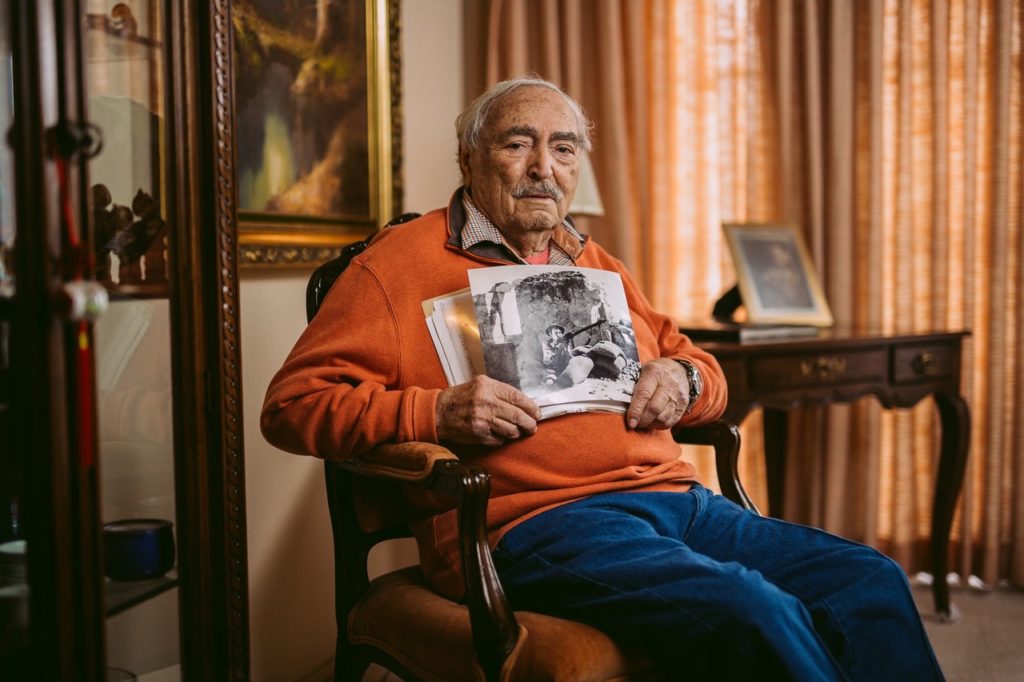
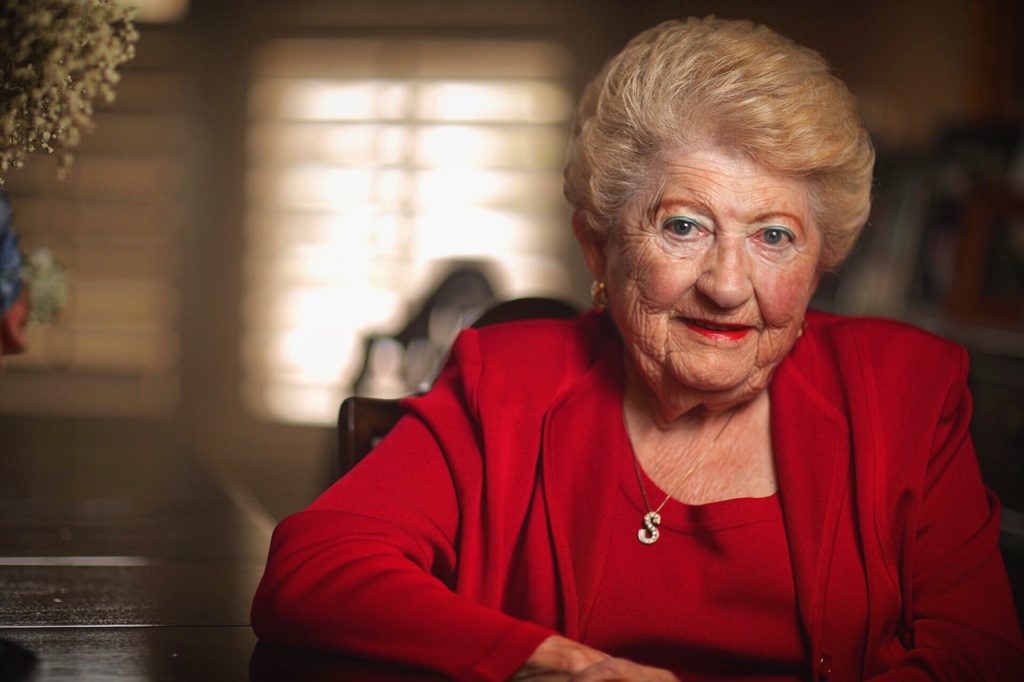
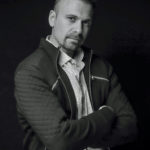

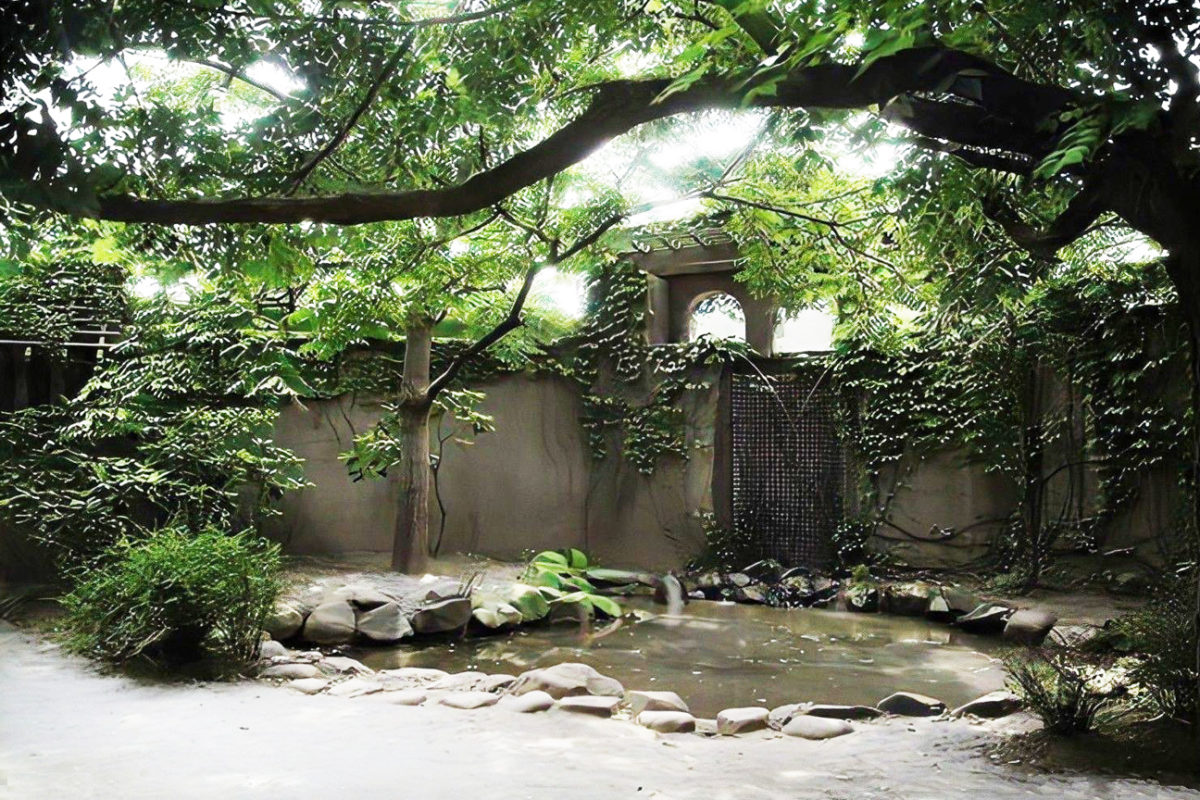
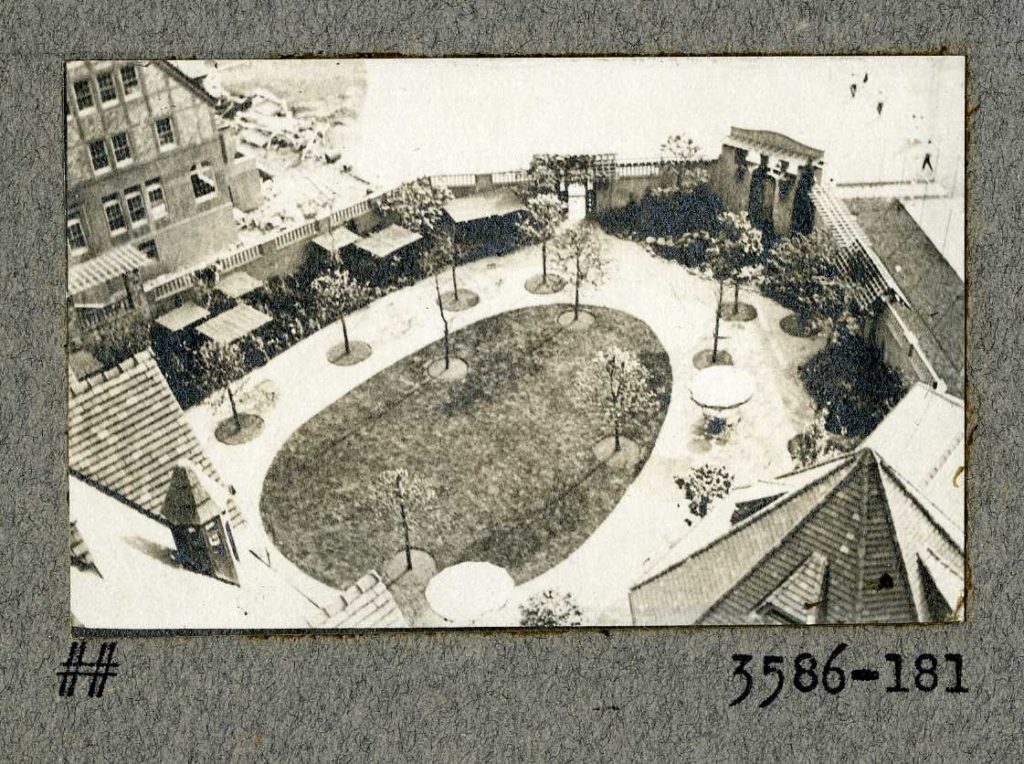

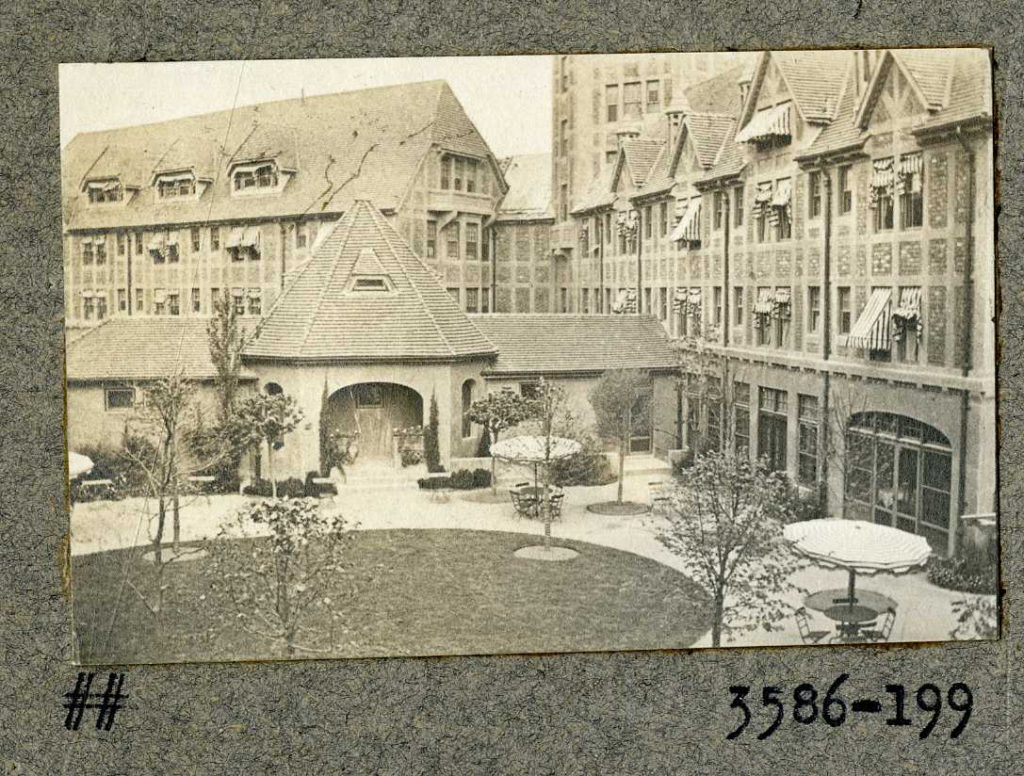 “The Enchanted Gardens – Coolest and most delightful spot on Long Island” read a 1924 ad featuring couples in elegant attire, dining with tablecloths and dancing under a forested scene. At the time, M. Lawrence Meade was the Forest Hills Inn general manager. Special buffet lunches were served from 12 to 2:30 during tournaments, as the inn had its own tennis courts, accessible through a long-gone landscaped arched entryway from the Tea Garden, predating the Forest Hills Inn Apartments annex at 20 Continental Avenue. The inn was open for dinner daily, and dancing was held on Wednesday and Saturday evenings with no cover charge.
“The Enchanted Gardens – Coolest and most delightful spot on Long Island” read a 1924 ad featuring couples in elegant attire, dining with tablecloths and dancing under a forested scene. At the time, M. Lawrence Meade was the Forest Hills Inn general manager. Special buffet lunches were served from 12 to 2:30 during tournaments, as the inn had its own tennis courts, accessible through a long-gone landscaped arched entryway from the Tea Garden, predating the Forest Hills Inn Apartments annex at 20 Continental Avenue. The inn was open for dinner daily, and dancing was held on Wednesday and Saturday evenings with no cover charge. 